Evaluation of the Laboratory Degradation Performance of a Straw Drainage Board
Abstract
1. Introduction
2. Materials
3. Laboratory Investigation into the BPVDs
3.1. Experimental Scheme
3.2. Discharge Capacity Test
3.3. Tension Tests
3.4. Microbiota Investigation
4. Discussion of Experimental Results
4.1. Discharge Capacity
4.2. Tensile Strength of BPVDs
4.3. Weight Loss
4.4. Microbial Analysis
5. Degradation Rate
- Construct the judgement matrix R:
- 2.
- Calculating the product of elements in each row of the judgement matrix (mi):
- 3.
- Calculate the overall degradation rate:
6. Conclusions
- The discharge capacity and tensile strength are less for straw drainage boards than plastic drainage boards. The discharge capacity decreases with the increase in confining pressure and time, and there is no significant difference between the straw drainage boards and plastic drainage boards for discharge capacity changes and tensile strength in 0–180 days. The plastic drainage board can be replaced by a straw drainage board to reduce environmental pollution and post-construction settlement.
- Straw drainage boards are degraded by microorganisms in the soil, which leads to a discharge capacity degradation in the form of a convex function with time, and the degradation relationship follows qw(t) = qw0 (1 − at2), a = 3.83 × 10−6 d−2. The discharge capacity of the drainage board degraded to 0 after 510 days and the potentially longest life expectancy of the straw drainage board is 425 days.
- The degradation rate of BPVDs with time is divided into two stages: a gentle increase in degradation rate with time from 0–180 days, and a rapid increase in degradation rate after 180 days. The degradation of BPVD-B and BPVD-C was mainly manifested in the reduction in discharge capacity and tensile strength, with both close to 40% at 240 days. However, the degradation of PVD-C was not significant. The overall degradation rate considers the various factors and accurately evaluated the degradation performance of the straw drainage board.
- Bacteroidota and Firmicutes were the primary phyla, accounting for approximately 91.5% of the population in Zhuhai marine soft soil; these bacteria will accelerate the degradation of the straw drainage board.
Author Contributions
Funding
Institutional Review Board Statement
Informed Consent Statement
Data Availability Statement
Acknowledgments
Conflicts of Interest
References
- Wang, J.; Cai, Y.; Ma, J.; Chu, J.; Fu, H.; Wang, P.; Jin, Y. Improved Vacuum Preloading Method for Consolidation of Dredged Clay-Slurry Fill. J. Geotech. Geoenviron. Eng. 2016, 142, 06016012. [Google Scholar] [CrossRef]
- Lei, H.; Qi, Z.; Zhang, Z.; Zheng, G. New Vacuum-Preloading Technique for Ultrasoft-Soil Foundations Using Model Tests. Int. J. Geomech. 2017, 17, 04017049. [Google Scholar] [CrossRef]
- Zhu, W.; Yan, J.; Yu, G. Vacuum preloading method for land reclamation using hydraulic filled slurry from the sea: A case study in coastal China. Ocean Eng. 2018, 152, 286–299. [Google Scholar] [CrossRef]
- Wu, J.; Xuan, Y.; Deng, Y.; Li, X.; Zha, F.; Zhou, A. Combined vacuum and surcharge preloading method to improve lianyungang soft marine clay for embankment widening project: A case. Geotext. Geomembr. 2020, 49, 452–465. [Google Scholar] [CrossRef]
- Lei, M. Study and Analysis: Mechanism of Vacuum Preloading, Stress of Soil. Appl. Mech. Mater. 2011, 71–78, 3389–3396. [Google Scholar] [CrossRef]
- Ni, P.; Mei, G.; Zhao, Y. Surcharge preloading consolidation of reclaimed land with distributed sand caps. Mar. Georesour. Geotechnol. 2018, 37, 671–682. [Google Scholar] [CrossRef]
- Guerra, A.J.T.; Bezerra, J.F.R.; Fullen, M.A.; Mendonça, J.K.S.; Jorge, M.C.O. The effects of biological geotextiles on gully stabilization in São Luís, Brazil. Nat. Hazards 2014, 75, 2625–2636. [Google Scholar] [CrossRef]
- Hsuan, Y.G.; Schroeder, H.F.; Rowe, K.; Müller, W.; Greenwood, J.; Cazzuffi, D.; Koerner, R.M. Long-term performance and lifetime prediction of geosynthetics. In Proceedings of the 4th European Geosynthetics Conference, Edinburgh, Scotland, 7–10 September 2008. [Google Scholar]
- Wiewel, B.V.; Lamoree, M. Geotextile composition, application and ecotoxicology—A review. J. Hazard. Mater. 2016, 317, 640–655. [Google Scholar] [CrossRef]
- Prambauer, M.; Wendeler, C.; Weitzenböck, J.; Burgstaller, C. Biodegradable geotextiles—An overview of existing and potential materials. Geotext. Geomembr. 2019, 47, 48–59. [Google Scholar] [CrossRef]
- Lee, S.; Karunaratne, G.; Ramaswamy, S.; Aziz, M.; Gupta, N.D. Natural geosynthetic drain for soil improvement. Geotext. Geomembr. 1994, 13, 457–474. [Google Scholar] [CrossRef]
- Asha, B.S.; Mandal, J.N. Laboratory performance tests on natural prefabricated vertical drains in marine clay. Proc. Inst. Civ. Eng.-Ground Improv. 2015, 168, 45–65. [Google Scholar] [CrossRef]
- Nguyen, T.T.; Indraratna, B.; Carter, J. Laboratory investigation into biodegradation of jute drains with implications for field behavior. J. Geotech. Geoenviron. Eng. 2018, 144, 04018026. [Google Scholar] [CrossRef]
- Nguyen, T.T.; Indraratna, B.; Baral, P. Biodegradable prefabricated vertical drains: From laboratory to field studies. Geotech. Eng. 2020, 51, 39–46. [Google Scholar]
- Xu, G.; Yu, X.; Wu, F.; Yin, Y. Feasibility of vacuum consolidation in managing dredged slurries with wheat straw as drainage channels. KSCE J. Civ. Eng. 2016, 21, 1154–1160. [Google Scholar] [CrossRef]
- Shi, Q.; Chai, S.X.; Wei, L. Experimental investigation of water absorption and tensile properties of rice straw and wheat straw used for reinforced material. Chin. J. Undergr. Space Eng. 2016, 1, 1471–1476. (In Chinese) [Google Scholar]
- Cao, G.; Zhang, X.; Gong, S.; Zheng, F. Investigation on emission factors of particulate matter and gaseous pollutants from crop residue burning. J. Environ. Sci. 2008, 20, 50–55. [Google Scholar] [CrossRef]
- Miura, T.; Tou, M.; Murota, H.; Bono, M. The basic experiment on permeability characteristics of fiber drain. In Proceedings of the Annual Regional Meeting of JSCE; JSCE: Kyushu, Japan, 1995. (In Japanese) [Google Scholar]
- Tsapekos, P.; Kougias, P.G.; Vasileiou, S.A.; Treu, L.; Campanaro, S.; Lyberatos, G.; Angelidaki, I. Bioaugmentation with hydrolytic microbes to improve the anaerobic biodegradability of lignocellulosic agricultural residues. Bioresour. Technol. 2017, 234, 350–359. [Google Scholar] [CrossRef]
- Hasunuma, T.; Okazaki, F.; Okai, N.; Hara, K.Y.; Ishii, J.; Kondo, A. A review of enzymes and microbes for lignocellulosic biorefinery and the possibility of their application to consolidated bioprocessing technology. Bioresour. Technol. 2013, 135, 513–522. [Google Scholar] [CrossRef]
- ASTM (2008) D 4716; Standard Test Method for Determining the (in-Plane) Flow Rate per Unit Width and Hydraulic Transmissivity of a Geosynthetic Using a Constant Head. ASTM International: West Conshohocken, PA, USA, 2008.
- Mahmoudi, N.; Slater, G.F.; Fulthorpe, R.R. Comparison of commercial DNA extraction kits for isolation and purification of bacterial and eukaryotic DNA from PAH-contaminated soils. Can. J. Microbiol. 2011, 57, 623–628. [Google Scholar] [CrossRef]
- Singh, J.; Birbian, N.; Sinha, S.; Goswami, A. A critical review on PCR, its types and applications. Int. J. Adv. Res. Biol. Sci. 2014, 1, 65–80. [Google Scholar]
- JTS 206-1-2009; Technical Specification for the Technical Specification for Application of Plastic Drainboard for Port and Waterway Engineering. China Communication Press: Beijing, China, 2009. (In Chinese)
- Indraratna, B.; Nguyen, T.T.; Carter, J.; Rujikiatkamjorn, C. Influence of biodegradable natural fibre drains on the radial consolidation of soft soil. Comput. Geotech. 2016, 78, 171–180. [Google Scholar] [CrossRef]
- Deng, Y.B.; Xie, K.H.; Lu, M.M.; Tao, H.B.; Liu, G.B. Consolidation by prefabricated vertical drains considering the time dependent well resistance. Geotext. Geomembr. 2013, 36, 20–26. [Google Scholar] [CrossRef]
- Sun, L.; Liu, T.; Müller, B.; Schnürer, A. The microbial community structure in industrial biogas plants influences the degradation rate of straw and cellulose in batch tests. Biotechnol. Biofuels. 2016, 9, 128. [Google Scholar] [CrossRef] [PubMed]
- Bao, Y.; Dolfing, J.; Wang, B.; Chen, R.; Huang, M.; Li, Z.; Feng, Y. Bacterial communities involved directly or indirectly in the anaerobic degradation of cellulose. Biol. Fertil. Soils. 2019, 55, 201–211. [Google Scholar] [CrossRef]
- Wen, Z.; Liao, W.; Chen, S. Production of cellulase by Trichoderma reesei from dairy manure. Bioresour. Technol. 2005, 96, 491–499. [Google Scholar] [CrossRef]
- Wang, S.P.; Gao, Y.; Sun, Z.Y.; Peng, X.Y.; Xie, C.Y.; Tang, Y.Q. Thermophilic semi-continuous composting of kitchen waste: Performance evaluation and microbial community characteristics. Bioresour. Technol. 2022, 367, 127952. [Google Scholar] [CrossRef]
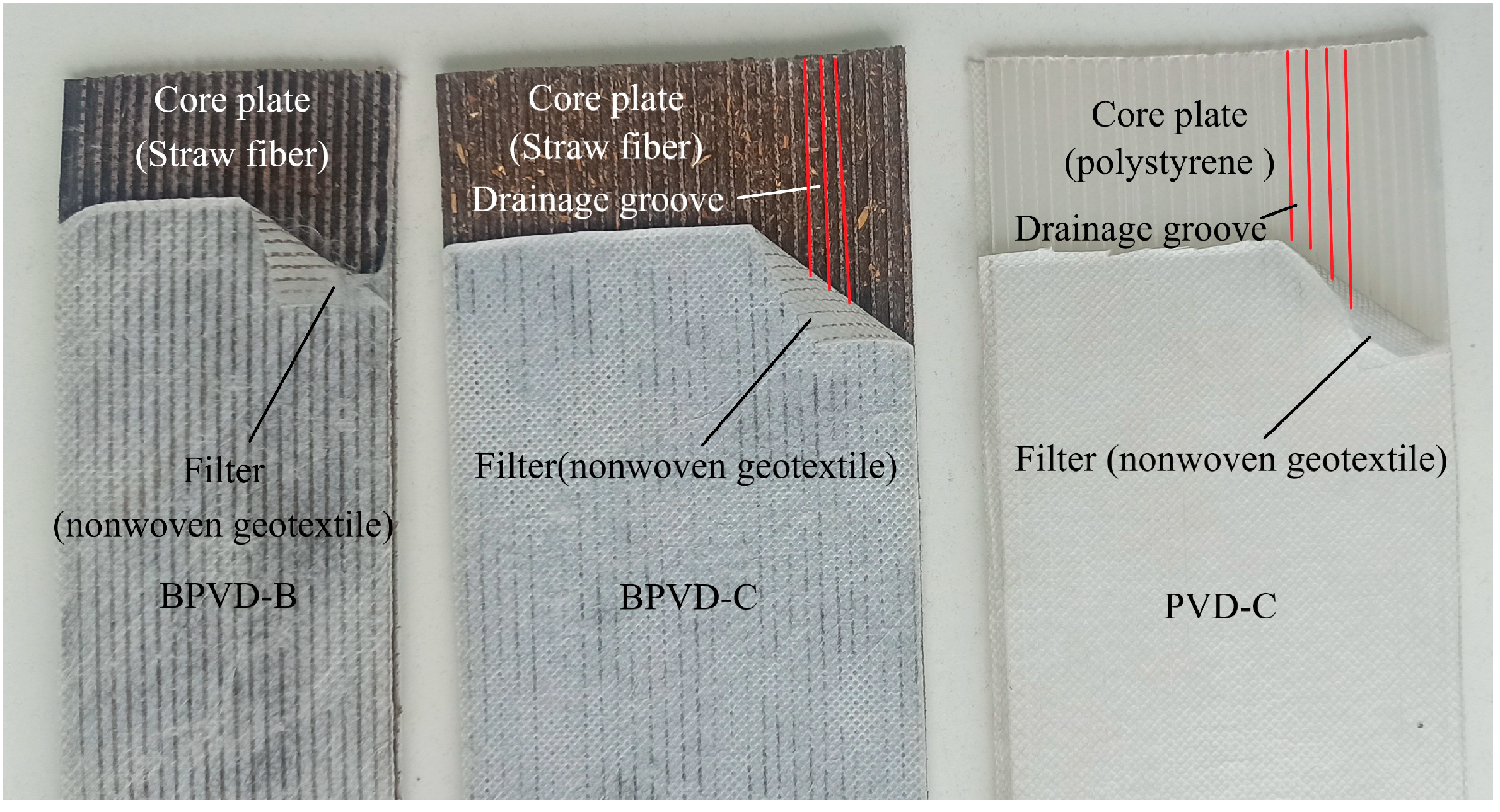
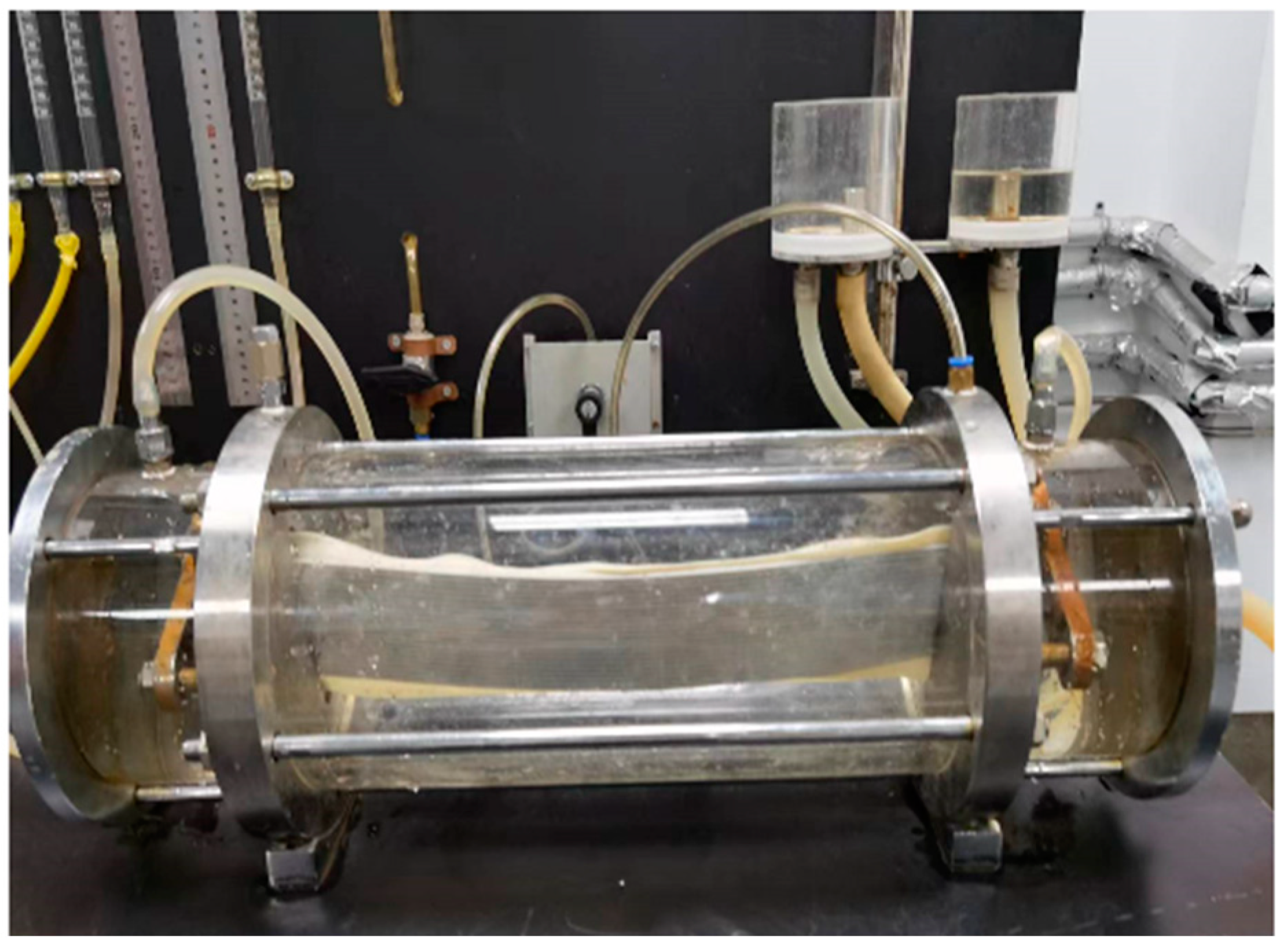
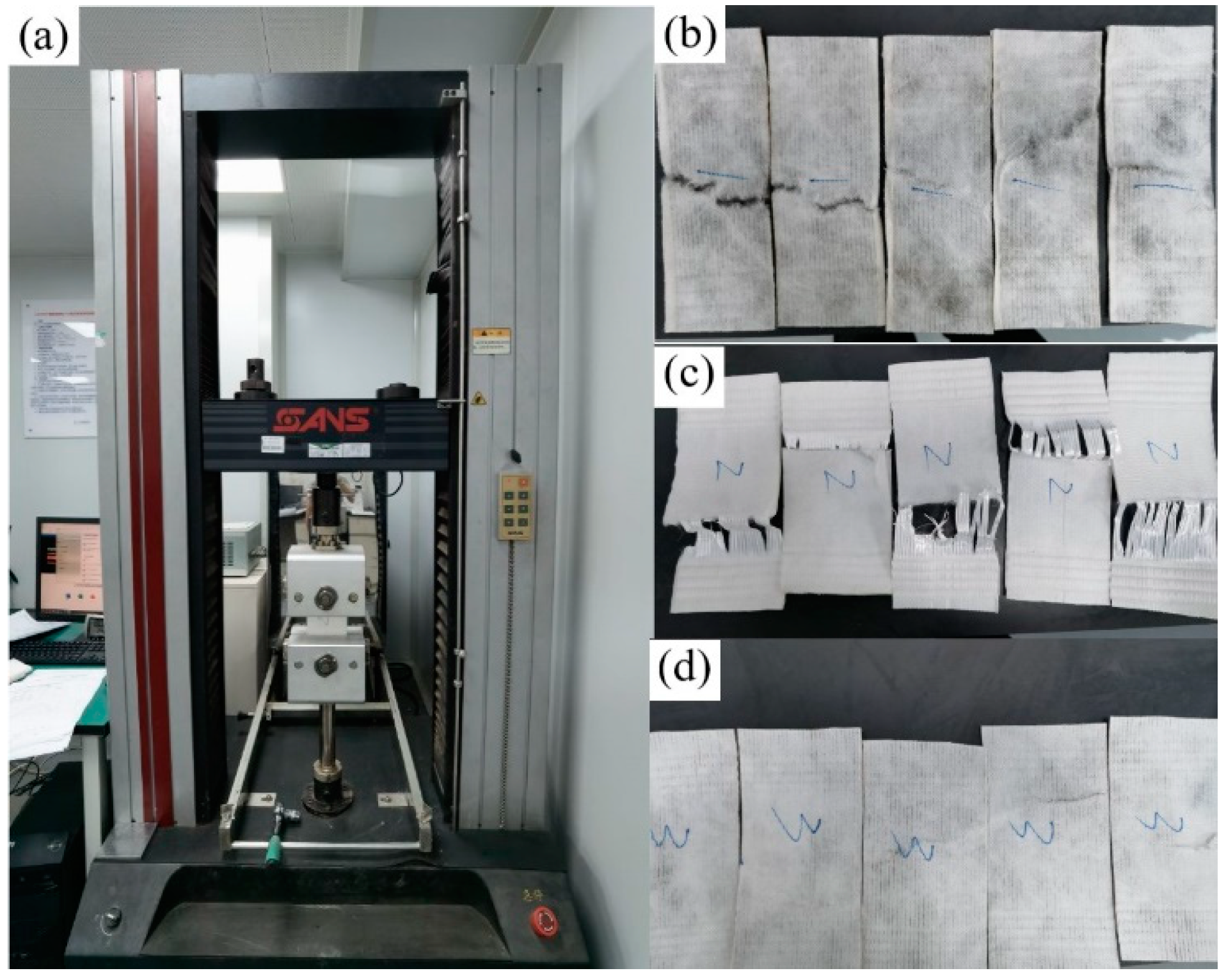


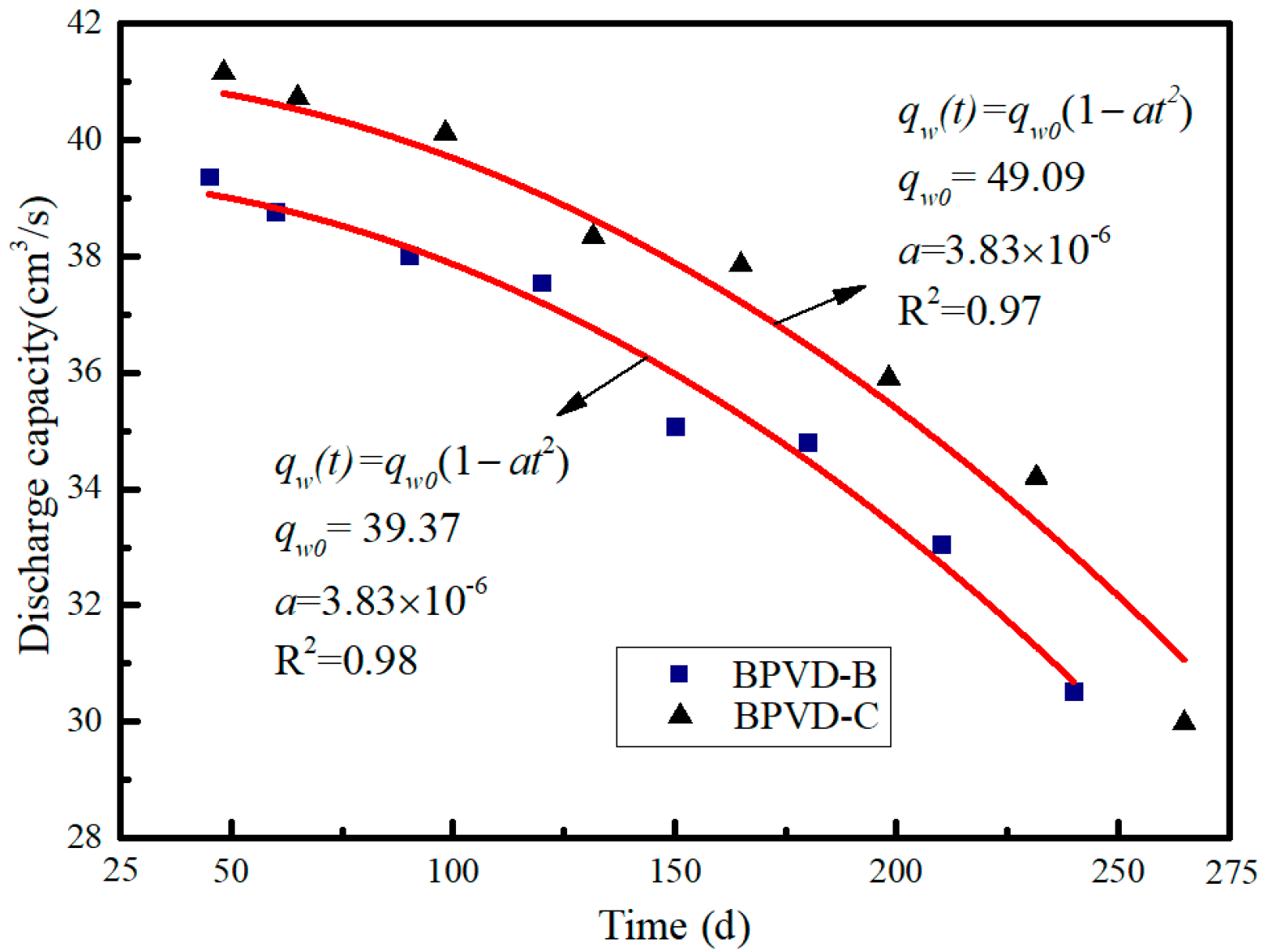
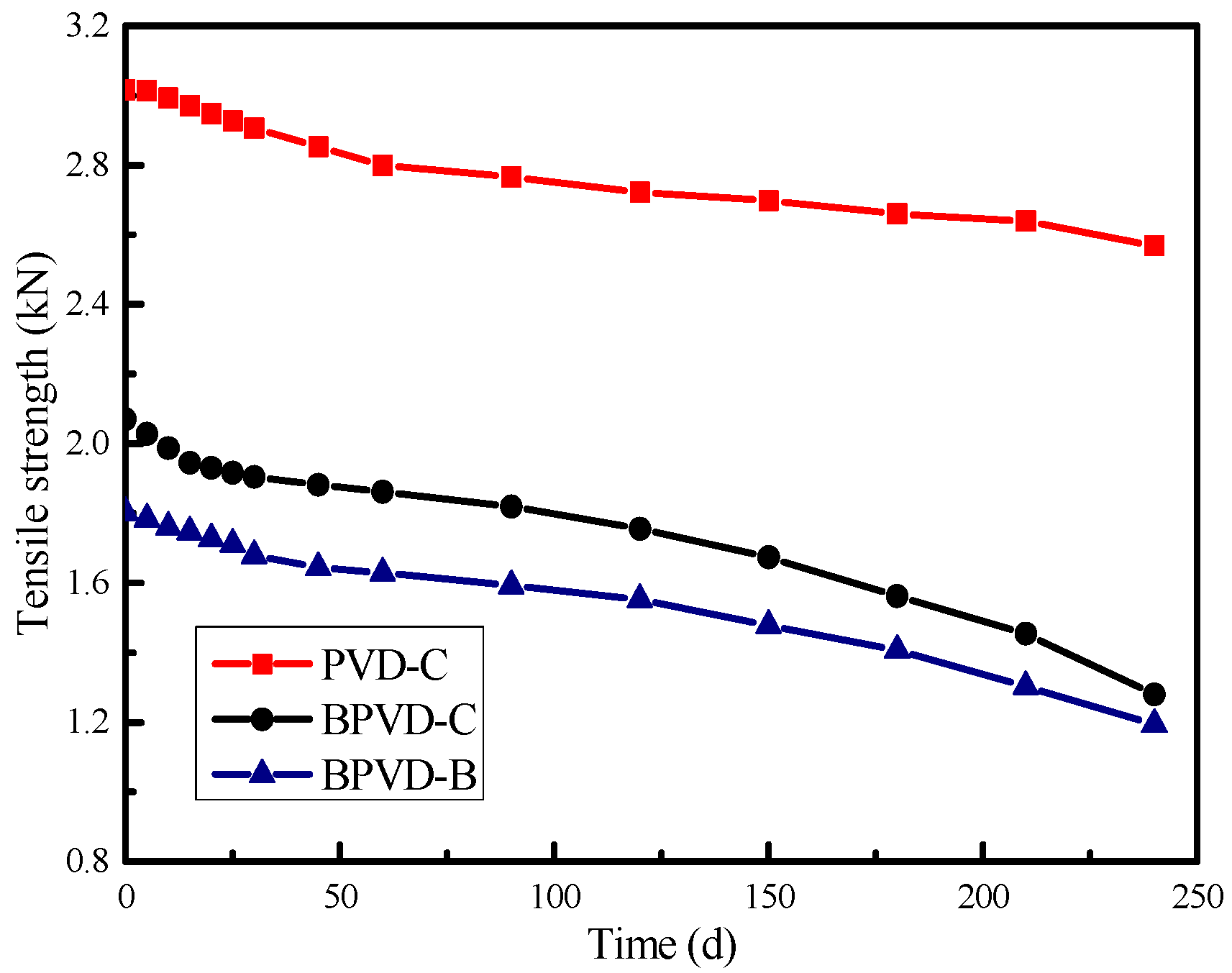

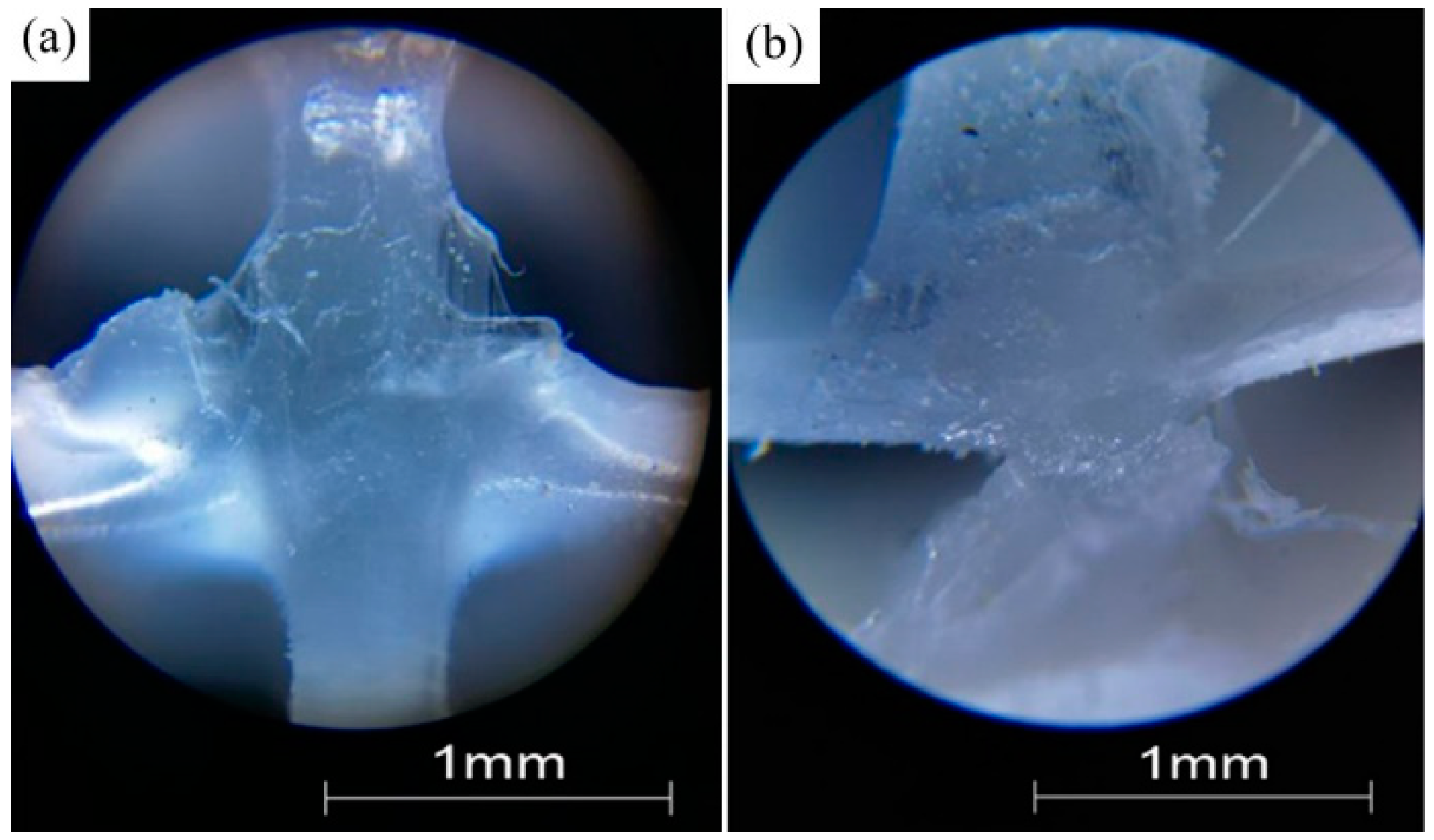
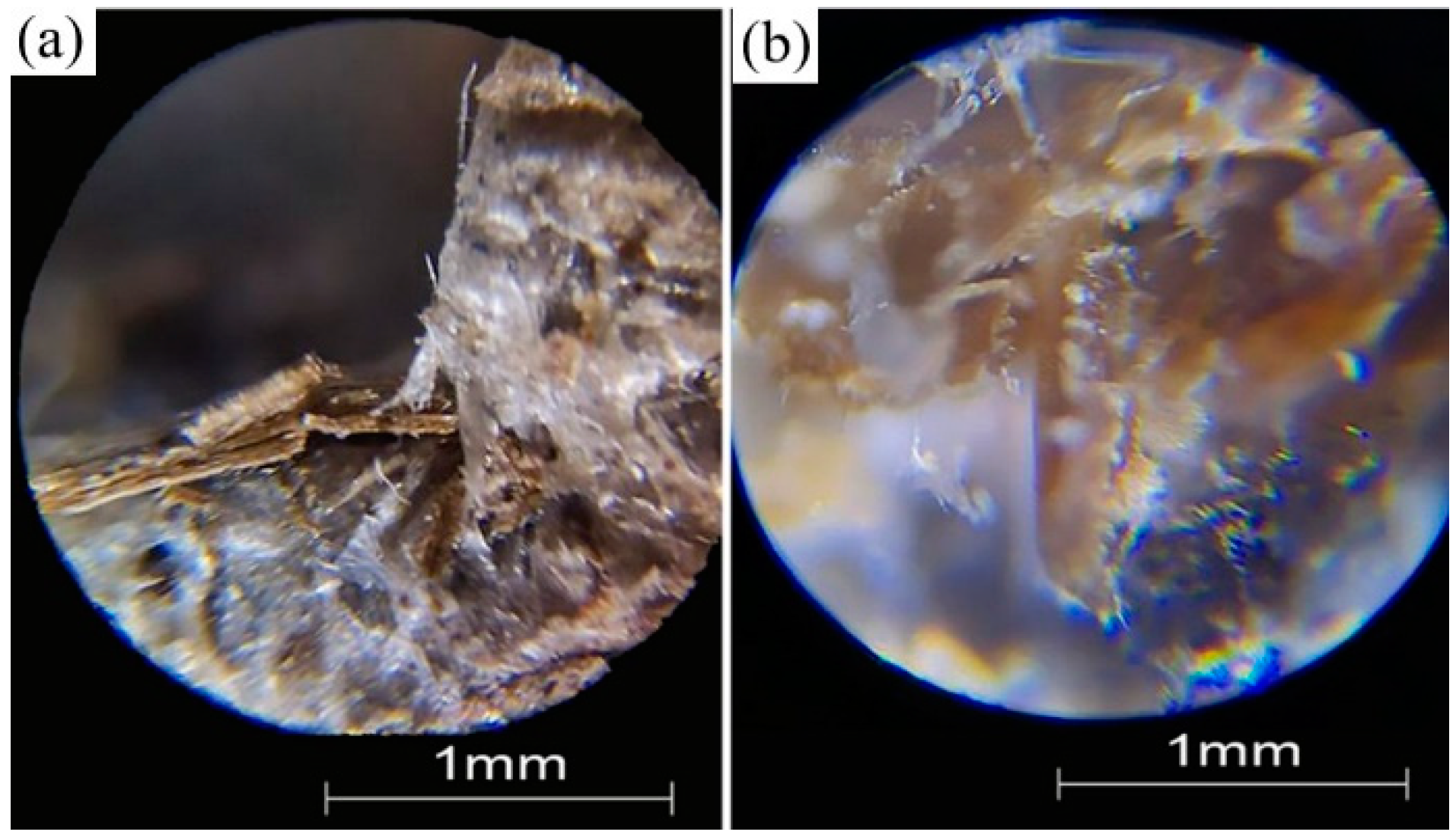


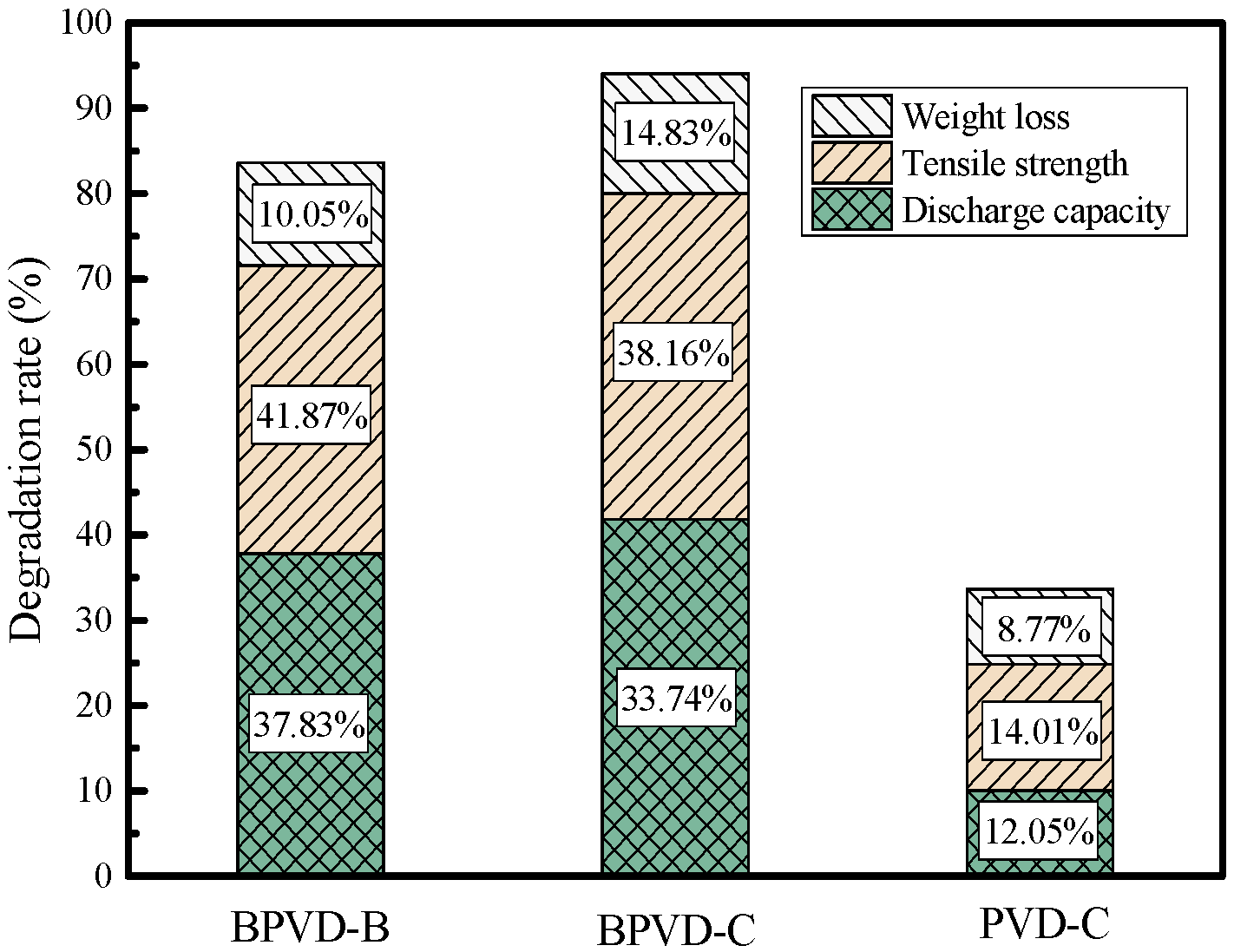
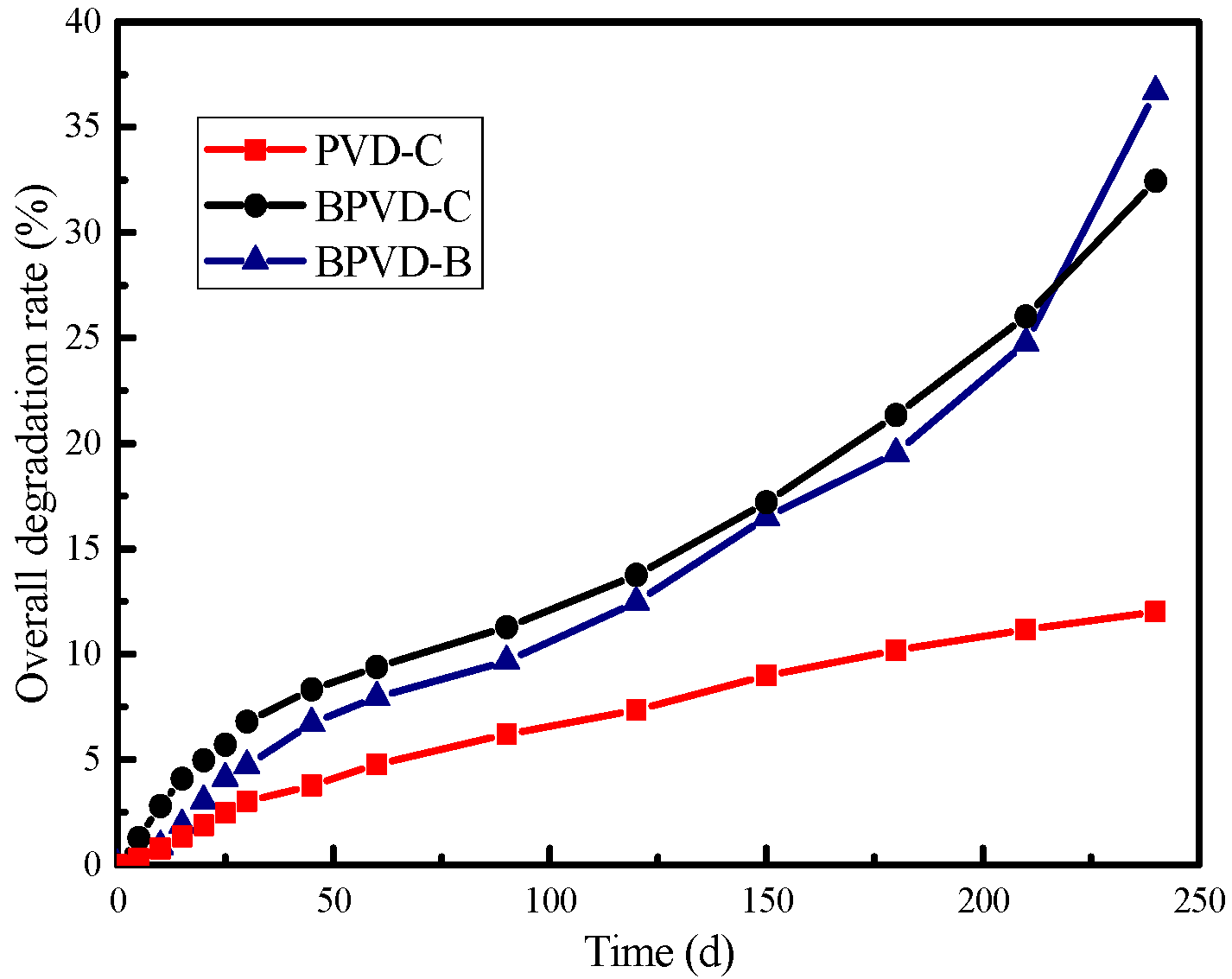
| Property | BPVD-B | BPVD-C | PVD-C | NPVD 1 [11] | NPVD 2 [11] | NPVD 3 [11] |
|---|---|---|---|---|---|---|
| Core type | Straw fibre | Straw fibre | Polystyrene | Coir strands | Coir strands | Flat coir mat |
| Filter type | nonwoven geotextile | nonwoven geotextile | nonwoven geotextile | woven jute | nonwoven jute | woven jute |
| Weight per m: g | 64 | 89 | 57 | 185 | 165 | 280 |
| Width: mm | 70 | 100 | 100 | 90 | 90 | 90 |
| Thickness: mm | 4 | 4 | 4 | 9 | 11 | 12 |
| Drainage groove size (length × width/diameter): mm | 3.5 × 2 | 3.5 × 2 | 3.5 × 2 | / | / | / |
| Filter permeability: cm/s | 7.35 × 10−4 | 7.35 × 10−4 | 7.35 × 10−4 | 2 × 10−3 | 1.4 × 10−3 | 2 × 10−3 |
| Tensile strength: kN | 1.8 | 2.07 | 3.02 | 6.2 | 2.25 | 5.75 |
| Discharge capacity (350 kPa): cm3/s | 42.08 | 52.65 | 89.46 | 1.95 | 0.7 | 1.95 |
| wn (%) | GS | ρ0 (g/cm3) | e0 | Sr (%) | wL (%) | Es (MPa) | wp (%) | c (kPa) | ϕ (◦) | Cv (10−3 cm2/s) |
|---|---|---|---|---|---|---|---|---|---|---|
| 49.4 | 2.64 | 1.7 | 1.33 | 98.3 | 44 | 2.46 | 27.2 | 5.4 | 1.9 | 1.61 |
| Classification | Bacteria | Abundance |
|---|---|---|
| Phylum | Bacteroidetes | 45.52% |
| Firmicutes | 50.15% | |
| Proteobacteria | 2.59% | |
| Class | Clostridia | 41.89% |
| Bacteroides | 39.22% | |
| Bacilli | 10.75% | |
| Families | Prevotellaceae | 16.79% |
| Oscillospiraceae | 13.87% | |
| Lachnospiraceae | 9.39% | |
| Lactobacillaceae | 4.94% | |
| Ruminococcaceae | 4.53% | |
| Genus | Prevotella | 13.47% |
| Rikenella | 4.29% | |
| Bacteroides | 3.82% | |
| Paraprevotella | 2.62% | |
| Ruminococcus | 2.49% | |
| Clostridium | 2.27% |
Publisher’s Note: MDPI stays neutral with regard to jurisdictional claims in published maps and institutional affiliations. |
© 2022 by the authors. Licensee MDPI, Basel, Switzerland. This article is an open access article distributed under the terms and conditions of the Creative Commons Attribution (CC BY) license (https://creativecommons.org/licenses/by/4.0/).
Share and Cite
Zhu, R.; Su, Y.; Wu, C.; Yuan, W.; Deng, Y. Evaluation of the Laboratory Degradation Performance of a Straw Drainage Board. Sustainability 2022, 14, 16365. https://doi.org/10.3390/su142416365
Zhu R, Su Y, Wu C, Yuan W, Deng Y. Evaluation of the Laboratory Degradation Performance of a Straw Drainage Board. Sustainability. 2022; 14(24):16365. https://doi.org/10.3390/su142416365
Chicago/Turabian StyleZhu, Runtian, Yinqiang Su, Cankun Wu, Wei Yuan, and Yongfeng Deng. 2022. "Evaluation of the Laboratory Degradation Performance of a Straw Drainage Board" Sustainability 14, no. 24: 16365. https://doi.org/10.3390/su142416365
APA StyleZhu, R., Su, Y., Wu, C., Yuan, W., & Deng, Y. (2022). Evaluation of the Laboratory Degradation Performance of a Straw Drainage Board. Sustainability, 14(24), 16365. https://doi.org/10.3390/su142416365








